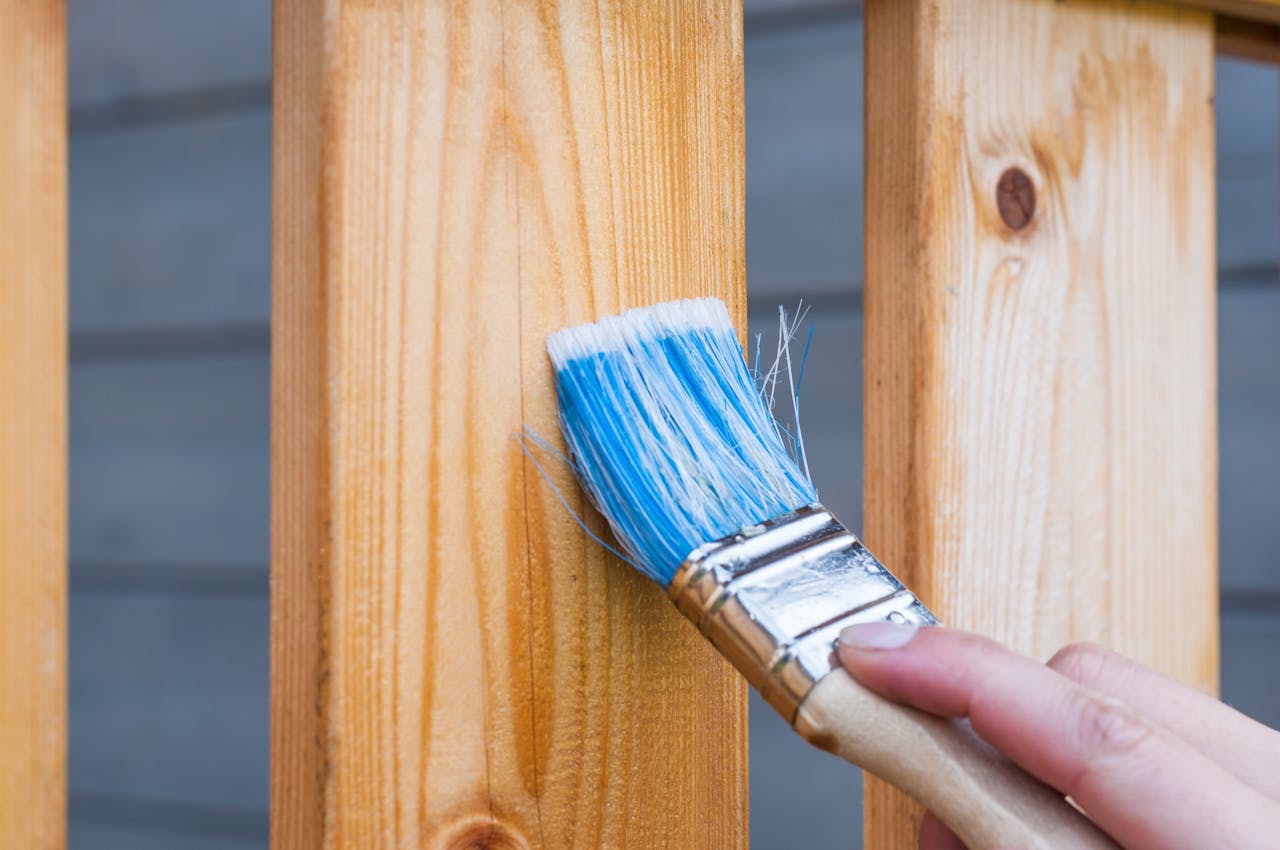Planning a fence installation might seem like a straightforward task, but diving deeper reveals that there’s much to consider before even picking up a hammer. It’s not solely about enclosing a space but creating a boundary that enhances both security and aesthetics. Fences do a lot more than just mark out your property line. In Houston, a city known for its diverse architecture and challenging weather patterns, choosing the right fence can enhance the value of your home while offering peace of mind.
A well-installed fence provides numerous benefits, acting as a servant in disguise. Imagine it safeguarding your little ones as they play in the yard or preventing your furry friends from impromptu neighborhood adventures. Plus, creating a private oasis right at home lets you enjoy your backyard without prying eyes. But to truly enjoy these benefits, it’s essential to start with thorough planning and preparation, laying the groundwork for a fence that will stand the test of time and weather.
Planning Your Fence Installation
Before the physical installation begins, the planning stage sets the foundation for everything that follows. One of the first steps is ensuring you have a clear understanding of your property boundaries. This might require checking property surveys or even consulting with neighbors to confirm the exact line where your fence will stand. Misplaced fences can lead to disputes or even legal troubles, something no new fence owner wants to face.
Next up is selecting the right materials. In Houston, you’re looking at a climate with sweltering heat and the occasional downpour, so choosing weather-resistant materials is key. Whether you opt for wood, vinyl, or metal, consider how each material will hold up under local conditions. Some might require more maintenance, while others could withstand storms and intense sun rays with ease.
You’ll also need to tackle the paperwork. Obtaining necessary permits and understanding local regulations can often be a time-consuming process. Here’s a simple checklist to help guide you:
– Research local zoning laws and restrictions on fence heights and styles.
– Submit required documents to the city for approval.
– Check for any neighborhood association rules that could affect fence design.
– Ensure all paperwork is completed before proceeding.
Handling these administrative tasks upfront avoids interruptions during installation. It’s one of those steps that doesn’t immediately tie to building but is crucial for a smooth process. So, taking the time to iron out these details can mean the difference between a seamless project and one plagued by unexpected hurdles.
Preparing Your Site
With the preliminary tasks out of the way, it’s time to prep the ground for your fence. Clearing the area is vital. Remove any debris, rocks, and vegetation that could get in the way. If plants or shrubs are lining the intended fence path, trim them back or relocate them. The clearer the space, the smoother the installation process will go.
Accurate measurement is your next step. Use a measuring tape to determine the exact distances for each section. Consider using chalk or stakes with string to mark the intended fence line. This visual guide helps ensure the fence stays straight during installation. Double-check your measurements before making any permanent changes.
Houston’s soil can throw a few curveballs your way. It’s helpful to know whether you’re dealing with tough soil or softer earth. If the ground is particularly challenging, consider soaking it beforehand to make driving posts easier. Addressing these particular conditions beforehand saves time and hassle as you work to install the fence.
Installation Process
Now comes the hands-on part—installing the fence. Start by setting your corner posts. These will anchor your entire structure, so make sure they’re straight and firmly planted in the ground. Use a post level to check each one for accuracy. Once your corner posts are secure, install the rest according to your plan.
Next, attach the fence panels or rails. Here’s a simplified list of steps to keep the process on track:
1. Secure panels to the posts using brackets or screws, depending on the material.
2. Check each segment for levelness as you progress.
3. Reinforce any wobbly sections by tightening connections.
Pay attention to each connection. It’s these small details that contribute to a fence’s strength and stability. Keep your workspace organized and free from clutter to minimize risks while you work. Wear protective gear like gloves and safety glasses to keep yourself safe during the build.
Post-Installation Care
After completing the installation, taking care of a few follow-up tasks ensures your fence stands strong. Conduct a thorough inspection to ensure all posts and panels are upright and secure. The structure should not wobble or sway under light pressure.
Consider applying a protective finish or treatment to your new fence. This adds a layer of defense against the Houston weather, whether it be the sun’s intense rays or unexpected rain showers. Look for a weather-resistant sealant for wood, or ensure metal fences are rust-proofed.
Regular upkeep extends your fence’s lifespan. Make a habit of checking it monthly for signs of wear. Look for loose panels or signs of weather damage and address any issues promptly. Simple tasks like these can help maintain a safe, sturdy fence season after season.
Ready to transform your outdoor space with professional fence installation in Houston? Griffin Fence offers a wide range of options designed to withstand the local climate while enhancing your property’s value and security. Whether you’re looking to improve privacy, style, or functionality, our team is equipped to guide you through every step of the process. Visit us to learn more about how we can help you create the perfect boundary for your home.






